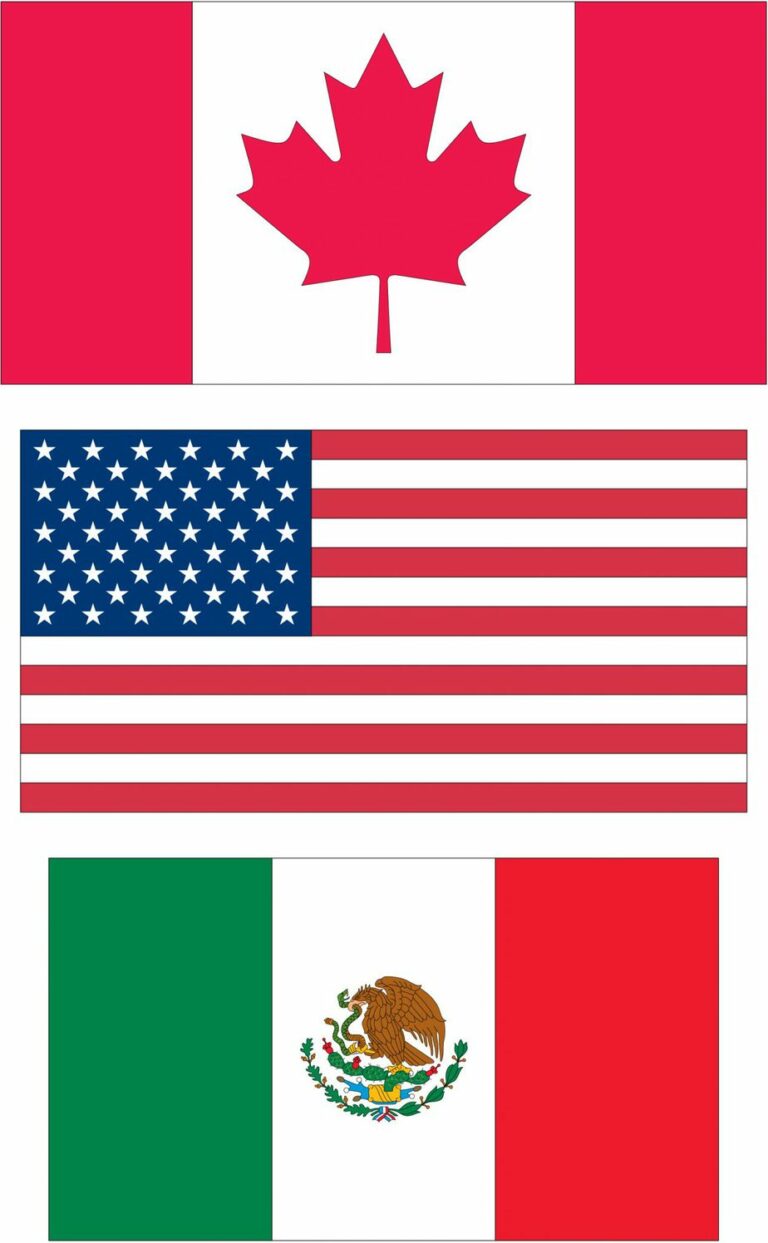Export Compliance Spelled Out
Are you new to government export regulations? It can be quite challenging to get your hands around export compliance and export controls. This is especially true if export compliance is just one of your responsibilities. Where do you start among the hundreds of pages in the Code of Federal Regulations? What is really important and relevant to your company, university, or institution? Try following these six key principles as a guide to start building a strong and effective Export Compliance Program. To deepen your knowledge, consider taking our U.S. Exporting Regulations & Procedures course.
E
Explain the regulations and their impact using layman’s terms. Skip the regulatory jargon whenever possible. There are definitely situations where a regulatory term is important – especially in light of the 2015 “Definitions” Final Ruling from the U.S. Department of Commerce and Department of State prompted by the Export Control Reform Initiative. However, be selective and very purposeful when using the lingo.
X
Cross-check all related parts of the Export Administration Regulations (EAR), International Traffic in Arms Regulations (ITAR), and Office of Foreign Assets (OFAC) Regulations. In the EAR alone, evaluating the government requirements for a single business transaction often means jumping between the Commerce Control List, Country Group listings, Country Chart, requirements to use License Exception and Definitions of Terms. If your company is interested in a more “sensitive” international destination, then even more cross-checking is necessary.
There are multiple commercially available software packages that can assist with pulling much of the dispersed regulations together into one place. But even those do not pull it all together. And nothing replaces being able to manually navigate the various sections of the regulations with skill and ease.
P
People. Compliance is all about each person in an organization, whether it be a large Fortune 500 company, a small or mid-size company, or a university, doing their part every day. Each individual needs to understand the red flags associated with their particular function, department, and role. Leaders across the organization must outwardly show their support, providing resources for continuous improvement that keeps pace with dynamic regulations.
O
Opportunities to educate people are critical. Look for or create opportunities to reach out to stakeholders across a company or university. Those opportunities may be as simple as slipping 10 min of Export Compliance 101 into a broader department or group meeting. Or emailing a quarterly news flash to all personnel with reminders on when and who to contact for export concerns. Other times it means developing trackable, on-demand training by function or department that leverages an organizational-wide learning management system already in use.
R
Restricted or Denied Parties Screening. It does not get more basic than this. Restricted and Denied Parties screening is a foundational aspect of any strong export compliance program. This is regardless of the nature of the hard goods, technology, software, or services that an organization handles. It’s also independent of the precise global countries or foreign nationals that an organization interacts with. Recent enforcement cases point to situations where the primary violation was sending “uncontrolled” EAR99 items to an organization on the Department of Commerce Bureau of Industry and Security (BIS) Entity List.
T
Transaction-specific. The government requirements, from licenses to the use of certain license exceptions, all depend on the details of the desired transaction in hand. Important questions to ask include: What is being sent or shared? Where is it going to? To whom is it going? For what purpose?
Source: www.traliance.com.






